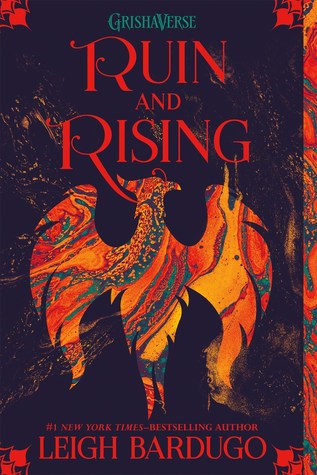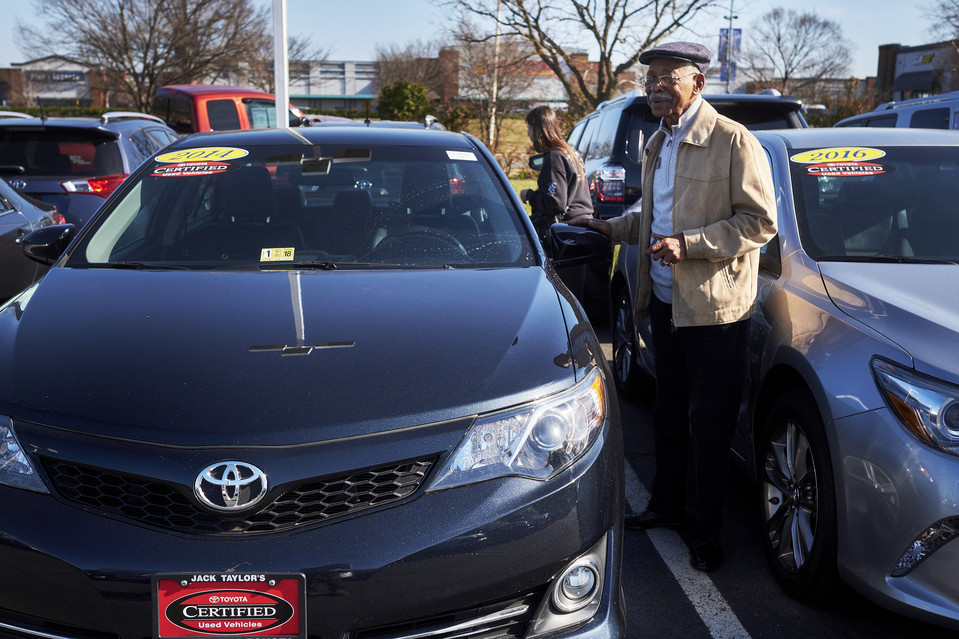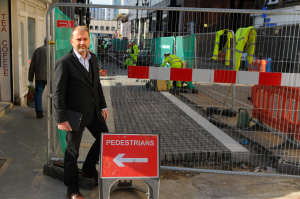We’re gradually filling new exhibition space at Masterton’s Wool Shed Museum, and the latest arrivals have been a steam-powered roller along with some explanatory panels. The council offered us a good deal that let us build a new wing, in return for storing their old 1907 Aveling & Porter steamroller. It’s a working vehicle that still puffs its way around local fairs and agricultural shows, several times a year.
On the face of it, an urban steamroller makes no sense in an agricultural museum, but there are a couple of – sort of – justifications. First, it was the only way we could afford to extend the museum. Second, the steam roller is almost the same as the many traction engines that played an important role in New Zealand’s rural community between the 1880s and 1930s. Behind the front axle they are identical.
In order to link the steam roller with the traction engines that were used on farms and for road haulage, I spent several weeks researching old newspapers and photos and then designing the enormous panels we’ve put on the walls.
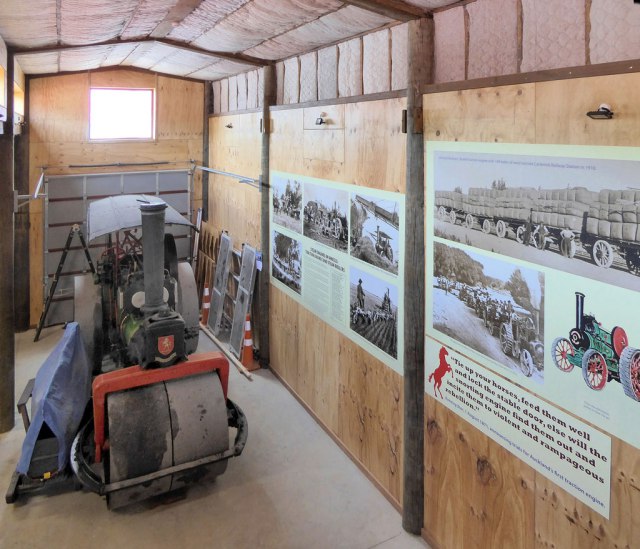
View of the Aveling and Porter steamroller, beside the information panels I produced. The insulation in the ceiling (and behind the wall panels) is, of course, wool.
Still to be installed is a large red button which we think will be popular with kids who come into the museum. Pressing the button will launch a loud “toot toot”, then the sound of working traction engine.
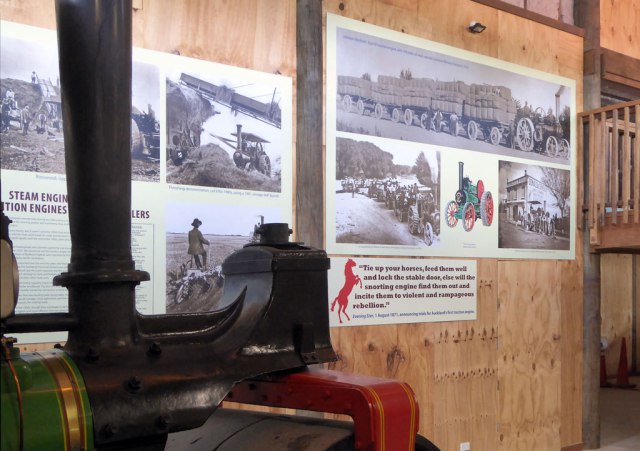
Here’s some information about traction engines I wrote for one of the display panels:
Steam engines were first developed commercially during the 18th century, in Britain. Initially replacing water and wind power for running pumps and machinery, they soon provided motive power for boats and railway trains. The engines were large and very heavy, and it wasn’t until the 1850s that serious attempts were made to make self-powered steam vehicles that could travel on roads and farmland, rather than on rails. Traction engine design developed rapidly until the end of the 1860s, after which the format remained essentially unchanged.
Reports of the new vehicles, their hauling feats and claimed superiority over horse power, appeared in New Zealand newspapers from 1857. We would see our first traction engine ten years later, when a machine built by the Howard Brothers of Bedford, England, was imported by W A Willes. He used it to cultivate his property at Waikara Plains, North Canterbury. A handful of traction engines were imported over the next few years and their novelty kept them in the news.
In 1871 a machine imported by the Auckland Provincial Government attracted many column inches of reportage, some very skeptical. Announcing trials for Auckland’s first traction engine in 1871, the Evening Star (later the Auckland Star) advised: “Tie up your horses, feed them well and lock the stable door, else will the snorting engine find them out and incite them to violent and rampageous rebellion.”
Horses hated the machines, which also caused much damage to roads and bridges. Bylaws required people to walk 200 yards in front of traction engines to warn other road users.
From the 1880s, traction engines were being regularly imported from Britain, with brands including Barrett, McLaren, Fowler, Aveling & Porter and Burrell. The last two brands were particularly common in New Zealand. The machines were usually owned by contractors or local authorities.
Traction engines had a variety of uses. One was hauling loads along roads. Immense tonnages could be pulled – far more than horses could manage. Local authorities used the roller variant, such as the Aveling & Porter machine in this museum, for making roads. They were common on farms until the 1930s, though their use began to decline soon after the First World War, with competition from lighter and more efficient internal combustion engine trucks and tractors.
On farms, traction engines were mostly used as stationary engines. They were driven into place and, using their flywheel and a belt, they powered equipment such as threshing machines, sawmills and shearing gear. They also pulled ploughs and other cultivating equipment. About 2000 of these machines were in New Zealand at their peak around 1920.
Advertisements Like this:Like Loading... Related
